Classic Cars, Movies, Music, and Other Stuff ...
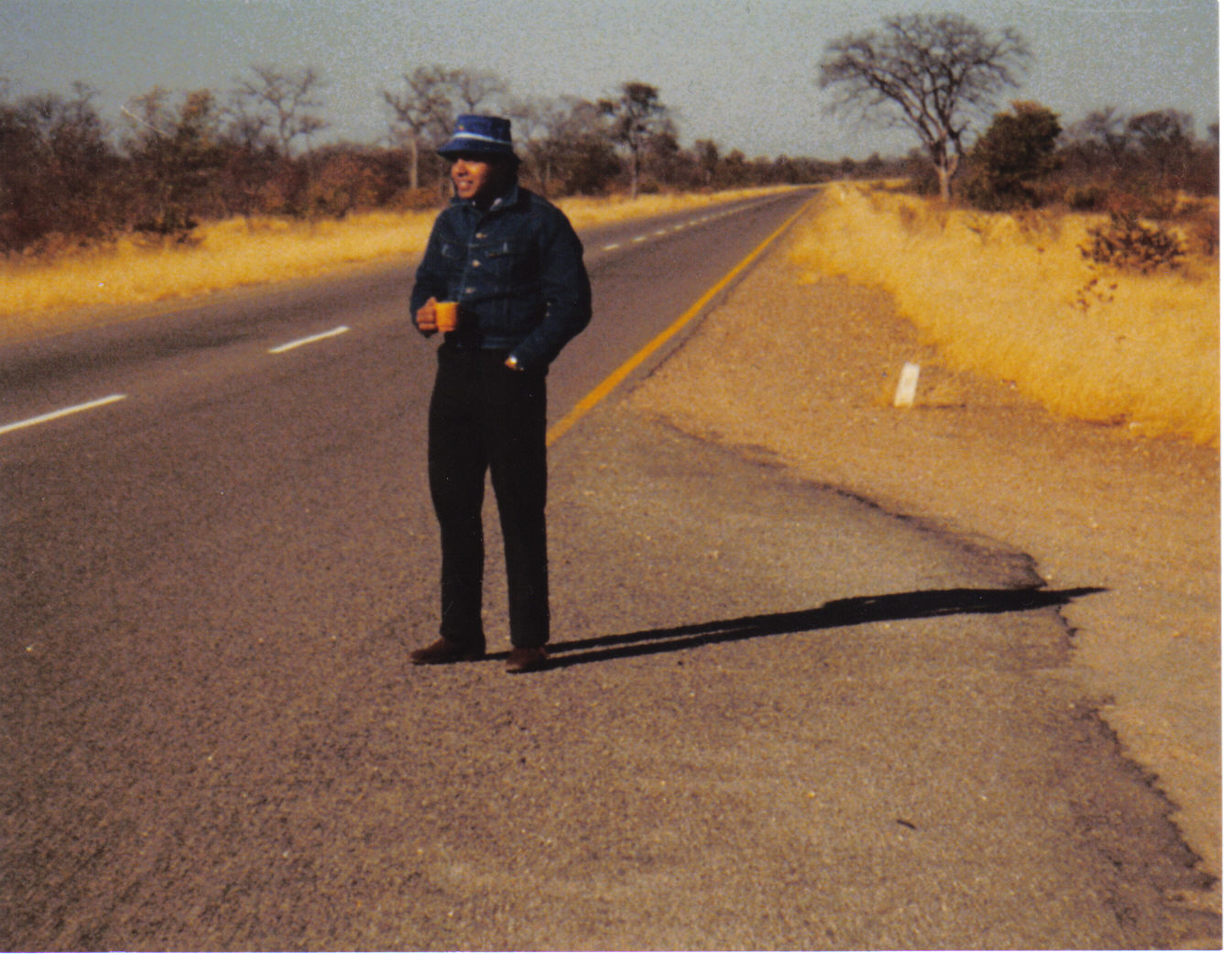
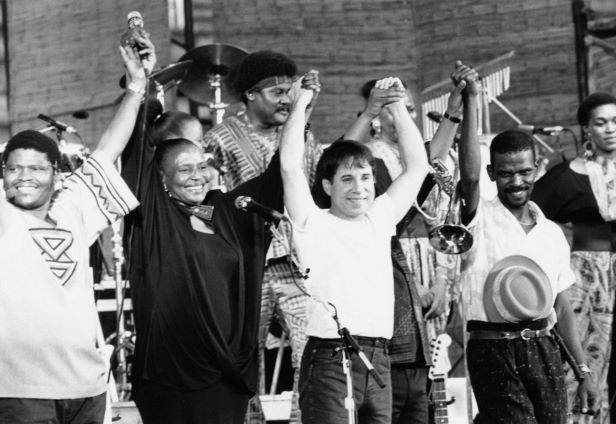
In early 1985, I sat dumbfounded seeing Paul Simon touching down at the then Jan Smuts Airport, Johannesburg on SABC TV. Going to South Africa was always a surreal experience due to the laws in effect then. I knew the situation was untenable, and felt the country’s blacklisting was justified. A few years earlier, the British band Queen had visited South Africa, to play at Sun City – something I found disappointing. Many celebrities performed at Sun City; unaware it was a sham. Despite being publicized as independent from South Africa, that was not true at all. Which made the arrival of Paul Simon disturbing. He claimed he’s only in the country to interact with Black artists, looking to do a project with them. I was not impressed.
By Fall of 1986 I was a college student in the United States. As someone who had lived on air force bases and a small town most of my life, the States was quite a change of pace and environment. Unbeknownst to me, Paul Simon had released “Graceland.” It was the album that included much of the work he had done with South African artists during his short stay there. The album had Paul Simon’s lyrics worked around the various Southern African musical styles. I picked it up as I was curious as to what had come of his experiment with African music. It was to be an experience that affected me on multiple levels. More on that later.
After big successes as part of the Simon and Garfunkel duo, the former had apparently come to an impasse post their breakup. His career was flattening and, like any artist, he desperately needed inspirational new stuff. It was during this time, in the early 80s that Paul happened on a tape of South African “Mbaqanga” music. It would likely have sounded like this:
WayhiTapes / YouTube.com
Ever the experimenter, and aware of the influence of African rhythms on contemporary American music, Paul felt this would be a great theme for his next album. The trouble was, South Africa was a pariah state for its policy of Apartheid. Going to a country under an artistic blacklist would likely harm his reputation. But the artist in him felt he had to somehow get to the artists he had heard on the tape.
Apparently, Paul reached out to various people for advice including influential African Americans, fellow musicians, and politicians. The Warner Brothers representative in South Africa said he could arrange his meeting with local artists there. Likely torn between his conscience and artistic yearnings, Paul finally decided to visit South Africa. He justified it by stating that he was only going to engage with the repressed Black artists in South Africa, and likely offer them access to the United States with their music. So, in effect, it worked both ways in that he needed their help for his next project, and they were happy to have someone who could help them reach a bigger audience.
But things in South Africa were definitely more complex then simply sidestepping the authorities, and interacting with the suppressed majority. While there were people both in the US and South Africa who felt engaging with the Black artists was a step in the right direction, there were others who felt a complete boycott of South Africa was called for. I was in the latter camp back in 1986 and earlier. Although looking back, my opinion then was also somewhat hypocritical, as I visited South Africa and enjoyed their TV and music – both Black and White. But I was very young, a “captive audience,” and South African laws did not affect me directly as a visitor.
So, despite extreme opposition, Paul Simon landed in South Africa, accompanied by his sound engineer Roy Halee, meeting various artists including The Boyoyo Boys, Gaza Sisters, Lulu Masilela, General M. D. Shirinda, among others.
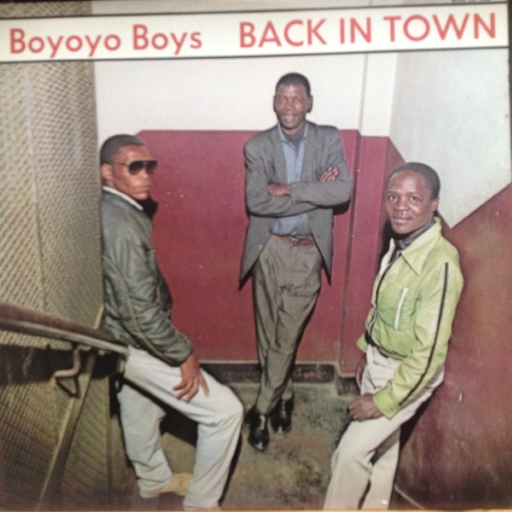
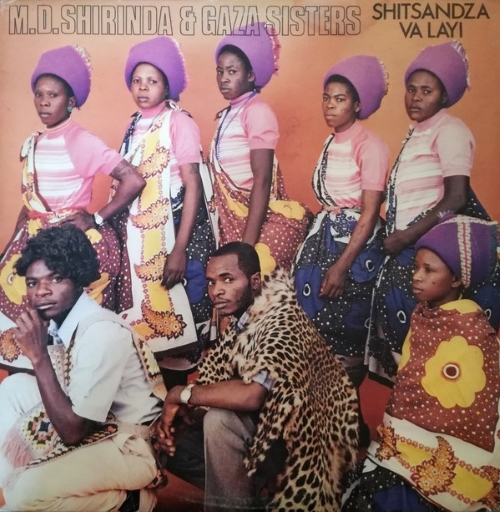
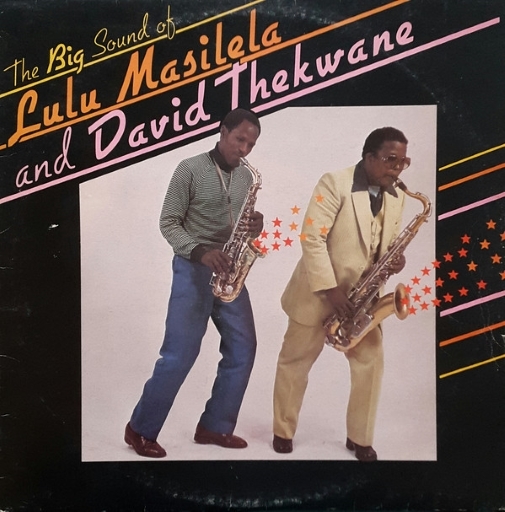
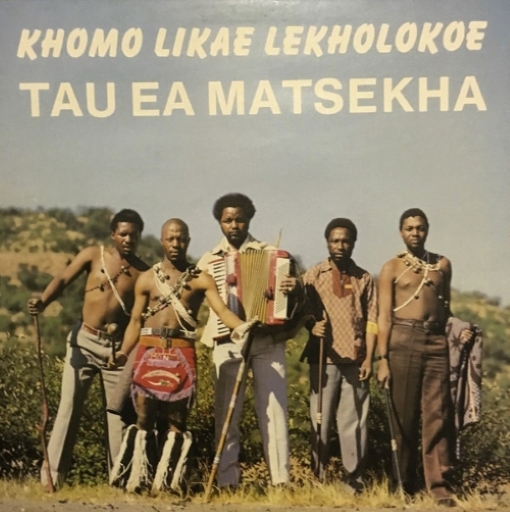
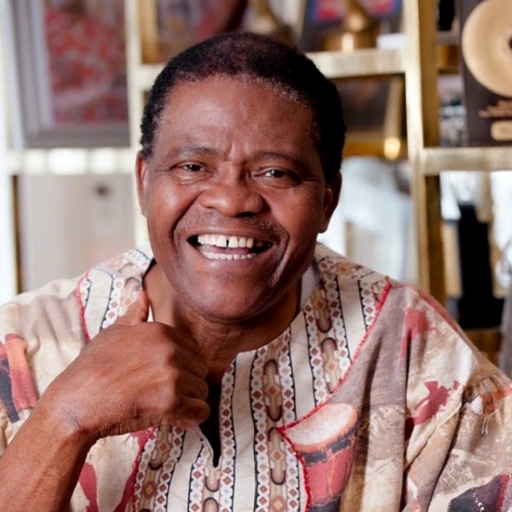
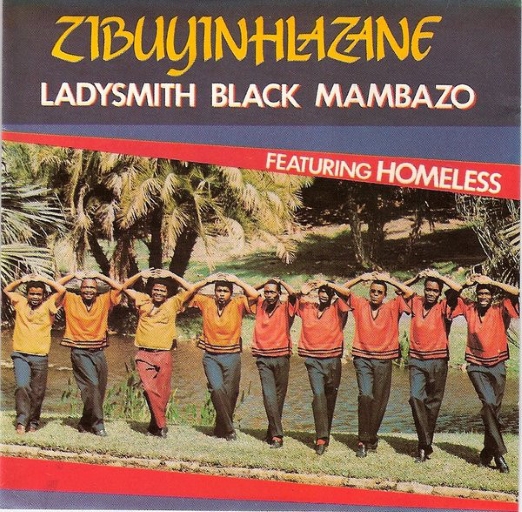
I can only imagine his experiences as he tip-toed around the race laws seeing up close the circumstances under which the Black artists lived. He recorded a bunch of work in Johannesburg, taking it back to his studios in the US. In New York, he worked on the album mixing sounds, adding tracks, and enhancing the sound reproduction.
Paul worked on adding the words to the music. While the rhythms were African, the lyrics would be American, for the English-speaking audience. He was assisted by the late Joseph Shabalala, founder member of Ladysmith Black Mambazo.
Upon listening to the album, I was blown away. All my life in Africa, I had heard these beats, and loved them accompanied by lyrics in the local languages. Due to the language block, I had likely never appreciated them as much – or taken them for granted. Suddenly here was this beautiful music I was so familiar with, but with Paul Simon’s very American lyrics – a surreal experience. It likely took some months for Paul to work on the lyrics and I must say he did an excellent job. I cannot describe the feelings that overtook me on listening to the album.
To see what I’m talking about, here are a few select tracks from the album:
Accompanied by Forere Motloheloa, from Lesotho on accordion, Paul Simon sings of hope amidst political upheaval along with its terrorism and violence.
Paul Simon / YouTube
Another great combination of Paul’s lyrics with those earthy rhythms by the Boyoyo Boys. I suspect they could have been among the first inspirations that triggered Paul Simon to go to South Africa as they a perfect example of Mbaqanga rhythms.
Paul Simon / YouTube
In this song, we get to see Paul Simon teaming with Ladysmith Black Mambazo. A perfect example of African lyrics as they were penned with Simon Shabalala, the group leader. This is one of the songs which to me sounds as South African as they come with the music, chorus, and the lyrics.
Paul Simon / YouTube
Another beautiful song produced with the help of Simon Shabalala of Ladysmith Black Mamabazo. There are various interpretations that can be made with this song. On the one hand, it seems to be a protest song that talks about the plight of the Black people in South Africa, and on the other it is described as a Zulu wedding song. In any case, it’s one of the most popular songs from the album and made Ladysmith Black Mambazo world famous.
Paul Simon / YouTube
Under African Skies is a duet with Paul and Linda Ronstadt accompanied by a host of South African musicians. They were especially flown in by Paul Simon for the recording in New York City to put the finishing touches to the recordings already done in Johannesburg. Beautiful haunting lyrics and melody.
Paul Simon / YouTube
Just like the title of album, the song is more than just a reference to Elvis Presley’s home. It covers Paul’s personal relationship issues, and a trip to Graceland figures in it all. Like many other lyrics, it’s poetry is open to various interpretations.
Paul Simon / YouTube
There were some songs on the album not related to Paul Simon’s visit to South Africa. For me, this album awoke a wide variety of emotions. I realized how much I had subconsciously appreciated African music so much, but it had eluded me due to the language barrier. Paul’s lyrics brought the music much closer to me than it had ever been. While it was new to many listeners in North America, and the world, it wasn’t to me. And yet it was a discovery of sorts too.
The album charted worldwide and sold around 14 million copies, bringing Paul Simon success after over a decade, and revitalized his music career. It also popularized various South African artists around the world. Yet it remained controversial as people still felt Paul had broken ranks by visiting South Africa. They felt he had done it for personal gains, despite sharing the profits with the African artists. Cultural appropriation, a more sensitive topic nowadays, was also thrown around.
While I felt he was wrong in 1986, I was less inclined to think so in 1987. It was hard to think either way after buying the album and listening to it, in that American suburban parking lot, that evening. Being homesick didn’t make matters any better as my emotions got the better of me.
Lorne Michaels, Saturday Night Live producer, played a major part in assisting, and encouraging Paul Simon with this project.
Paul Simon faced death threats from activists in Africa, due to his breaking the cultural embargo.
Linda Ronstadt, who participated in the album, was also criticized for having played at Sun City a few years earlier.
The album is considered iconic for crossing cultural barriers, musical styles, and genres.
The song “You Can Call Me Al” on the album relates to a real-life incident at a party, where someone referred to Paul and his then wife as Al and Betty – both incorrect names.
So, this was one of the most loved, yet controversial albums before, during, and after it’s release, and for me, a rediscovery of music I had been familiar with, but took for granted. Feel free to add anything using the form below.
Spandau Ballet Personified New Wave
The Magic Of the Music of Osibisa!